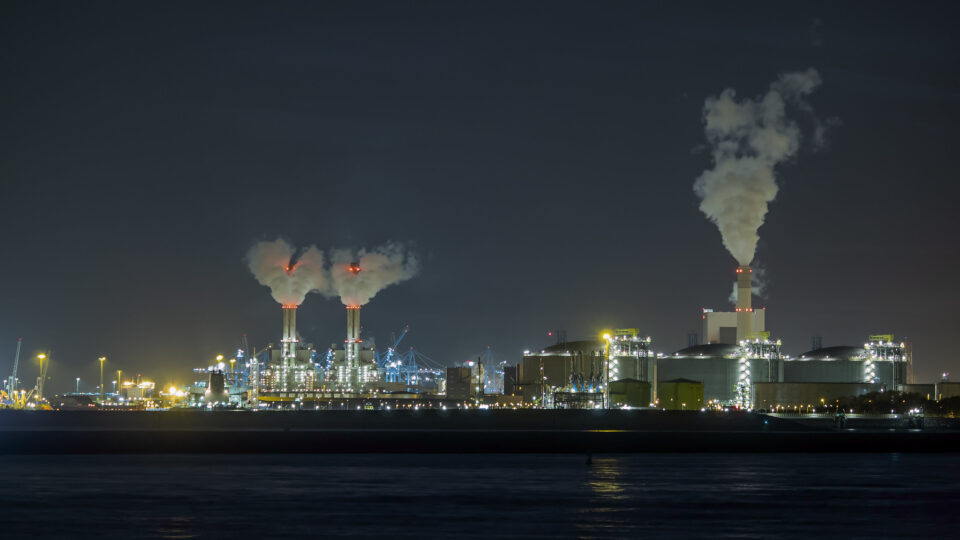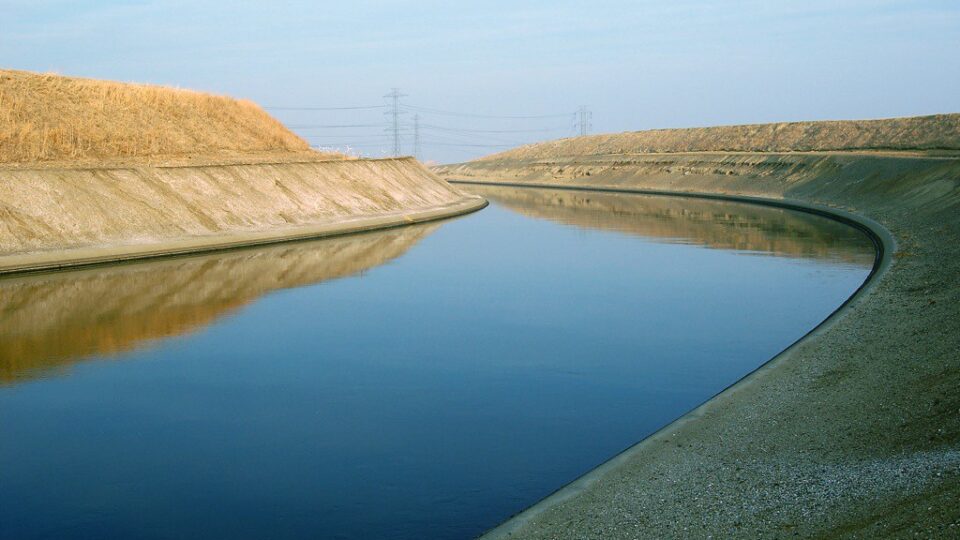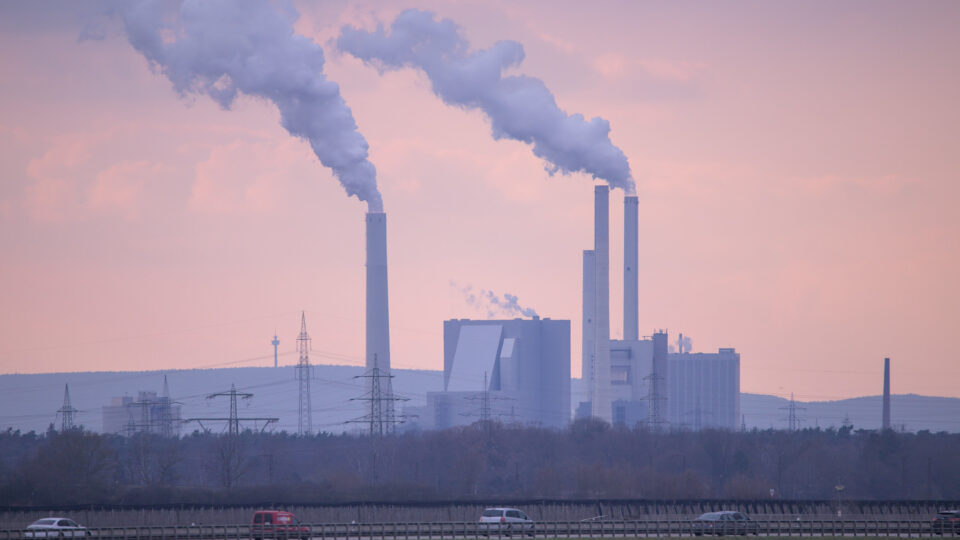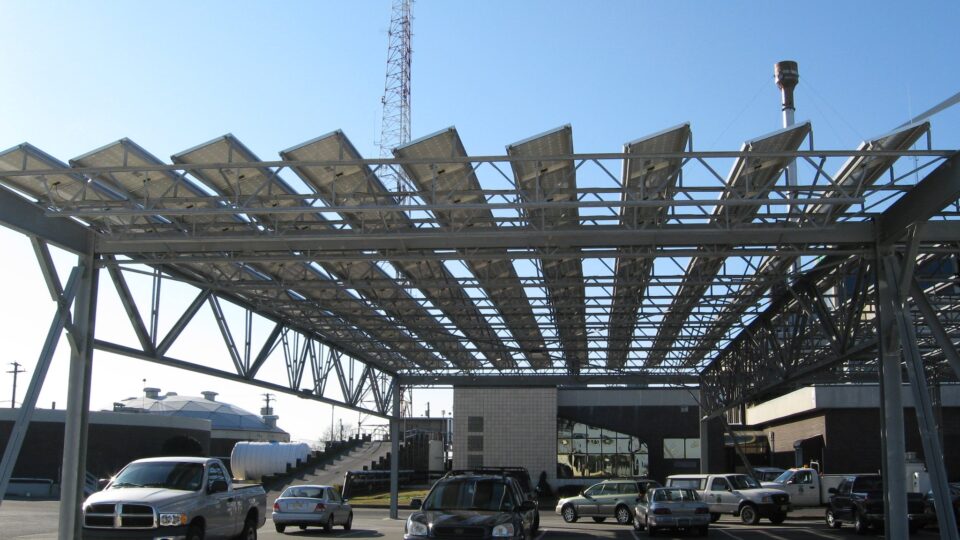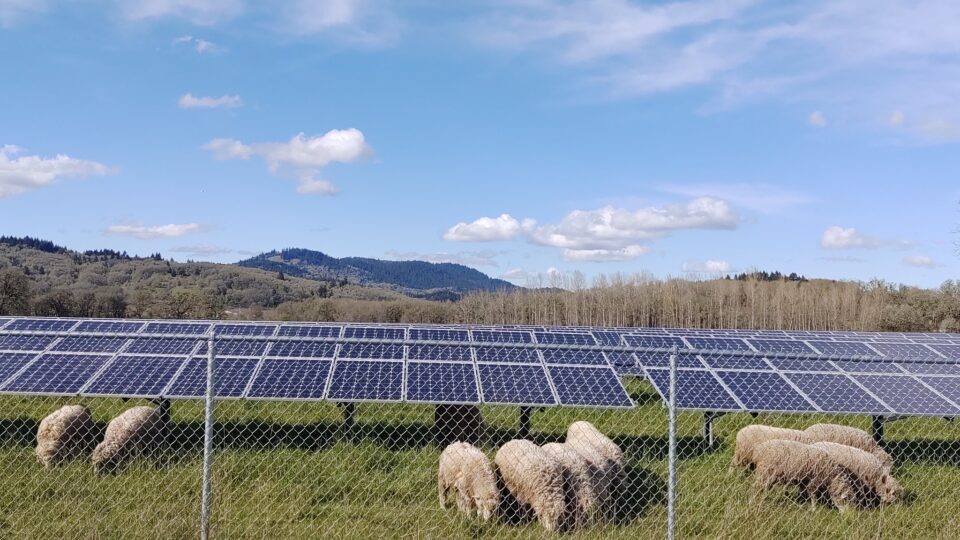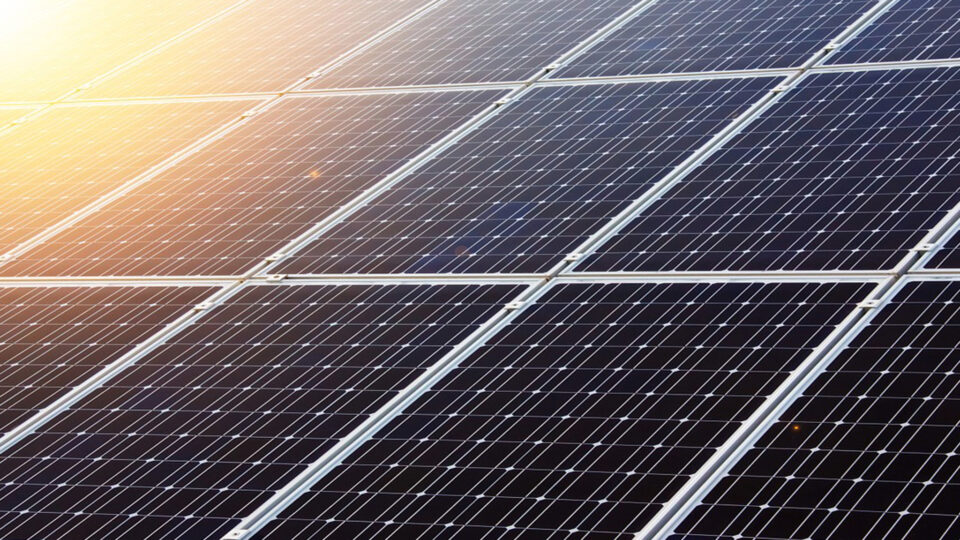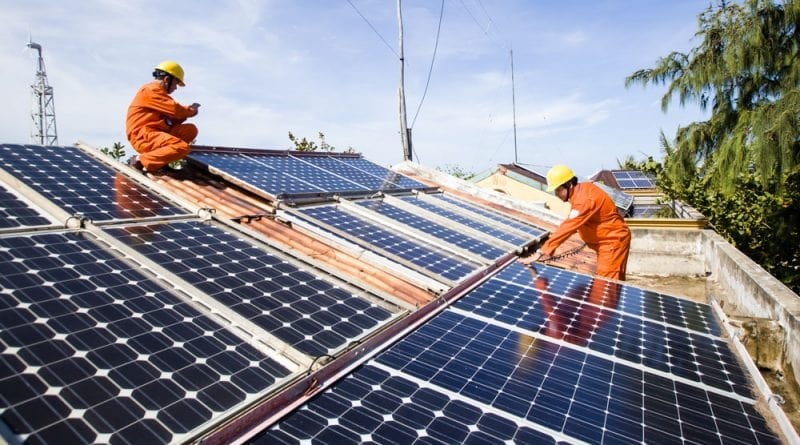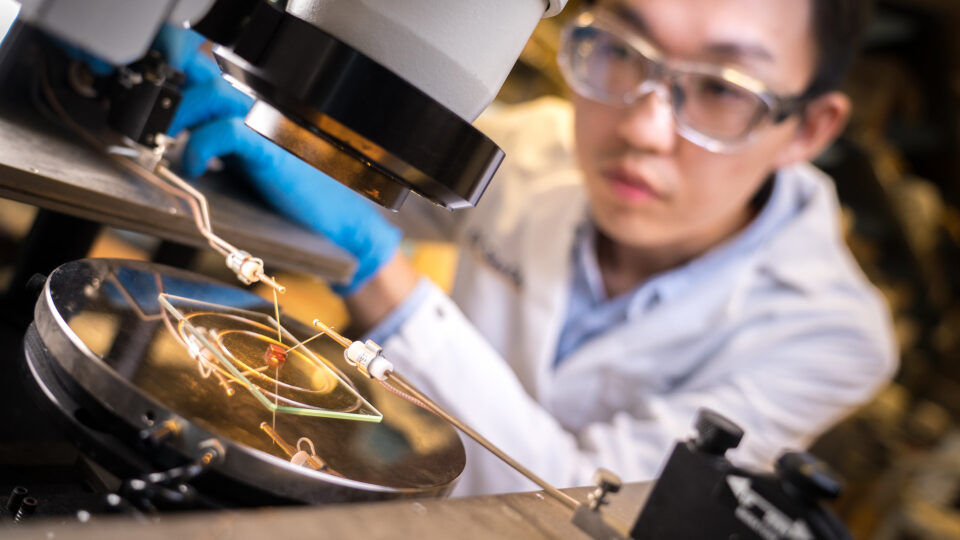American greenhouse gas emissions in 2023 fell by 1.9%. In total, U.S. emissions have now fallen by over 17% since 2005. The largest factor in the decline has been the reduction in the burning of coal to produce electricity. Coal-fired generation has fallen to its lowest level in half a century.
There was a huge drop in emissions at the start of the covid pandemic when large segments of the economy shut down. But then there was a sharp rebound in emissions in the following two years when economic activity resumed. But over the long term, American emissions have been trending downward as both cars and power plants have become cleaner and greener.
The decline in emissions is a good thing but hasn’t been nearly enough to meet the nation’s goals for trying to slow down global warming. The U.S. has a goal of reducing emissions by 2030 to half of the 2005 level. To achieve that goal, annual emissions would have to fall more than three times faster than they did last year for the rest of the decade.
The emissions data used for the current assessment included those from transportation, electricity generation, industry, and buildings. It did not include pollution from agriculture, which accounts for about 10% of the nation’s greenhouse gases.
The 2022 Inflation Reduction Act provided record amounts of money for low-emissions technologies like solar panels, wind turbines, nuclear reactors, electric vehicles, and hydrogen fuels. The full impact of these federal investments has yet to be seen, since many companies are still ramping up their efforts in clean energy. How quickly emissions will fall as these efforts come to fruition remains to be seen.
**********
Web Links
U.S. Carbon Emissions Fell in 2023 as Coal Use Tumbled to New Lows
Photo, posted May 17, 2020, courtesy of Frans Berkelaar via Flickr.
Earth Wise is a production of WAMC Northeast Public Radio
